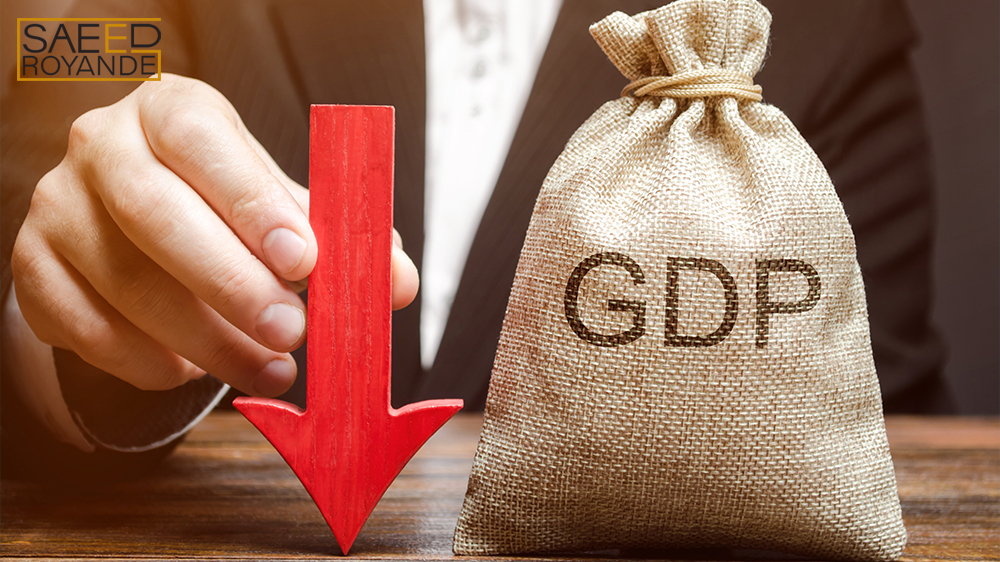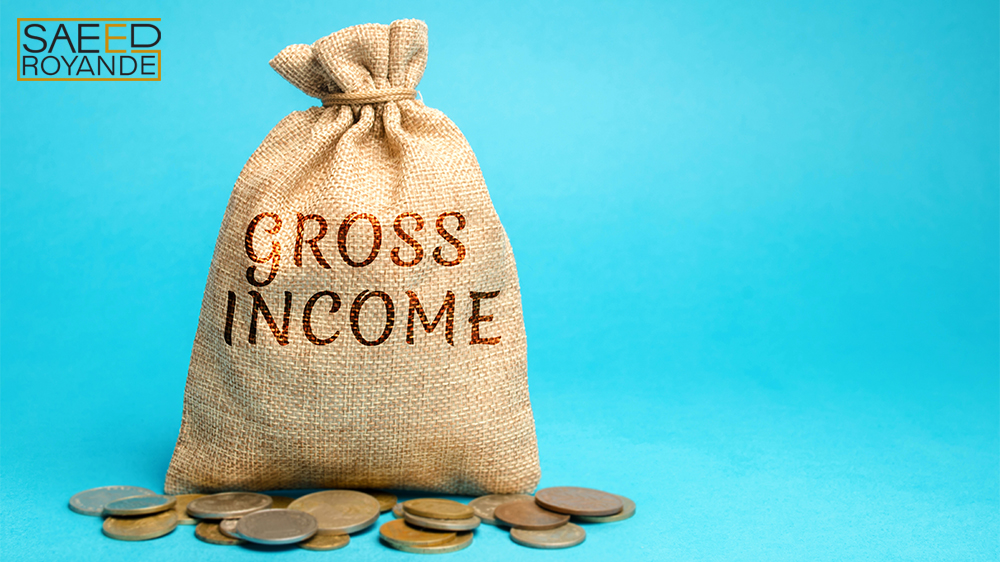All commodities and services generated inside a country’s boundaries are included in calculating the country’s gross domestic product (GDP). It serves as a comprehensive scorecard for a country’s economic health since it provides a broad measure of total domestic production. For economists, business coaches, and journalists, GDP is the most commonly used metric for measuring the economy. It was during World War II that the concept of measuring and collecting all of an economy’s goods and services came to fruition. With GDP, Allied countries were able to determine how many weapons their economies could produce without collapsing. As a result, this method has become the primary yardstick by which economic success has been evaluated ever since.
How to calculate GDP
Income, expenditure, and production methods are all used to determine GDP. However, the same outcome should be achieved using any strategy. Total sales minus the value of intermediate inputs are the “value-added” at each step of manufacturing.

A bag with the word GDP and a down arrow
What is the blue book of GDP?
The British economy was severely damaged during the conflicts of world war II; thus, it was critical to obtain an accurate assessment of the current state of affairs. As a result, the Blue Book, which was first published with a blue cover, was born: the national accounts. In 1984, this work was officially recognized as a blue book. The format of the Blue Book began to take shape in 1952 when new economic principles and improved resources were included. 70-year-old blue books are no longer blue but instead are available digitally.

Gross income text on a bag with coins on floor
The components of GDP
Depending on the financial education method you are following, the GDP includes many different factors; however, the most crucial ones are as follows:
- Consumption: Consumption is the total amount of products and services purchased by citizens, such as retail or rental items. It accounts for the majority of GDP. A continuous rise in consumer spending is often seen as a sign of a healthy economy since it demonstrates consumer confidence in spending rather than a lack of expenditure.
- Investing: The term “investment” refers to any capital expenditure or internal investment that is expected to result in long-term advantages. Equipment, inventory, and the building of new institutions are some of the investments corporations make in order to grow their businesses. It is the length of time it takes for the purchased products or services to yield a return on investment that separates consumption from investment. Higher levels of investment enhance production capacity and employment rates, which is why they are so crucial.
- The federal government: The amount of money that the government spends on things like education, transportation, the military, and infrastructure (in terms of both consumer costs and gross investment) is known as the government budget. Taxes and corporations, or borrowing, are used to cover these expenses. The government must raise more money than it spends in order to avoid a deficit in its budget.
- Export and import: Export and import bring money into the country and hence contribute to its GDP. To import goods, a country purchases them from other countries, so the second country’s GDP rises. Money spent on imports exits the country’s economy, lowering its GDP.


